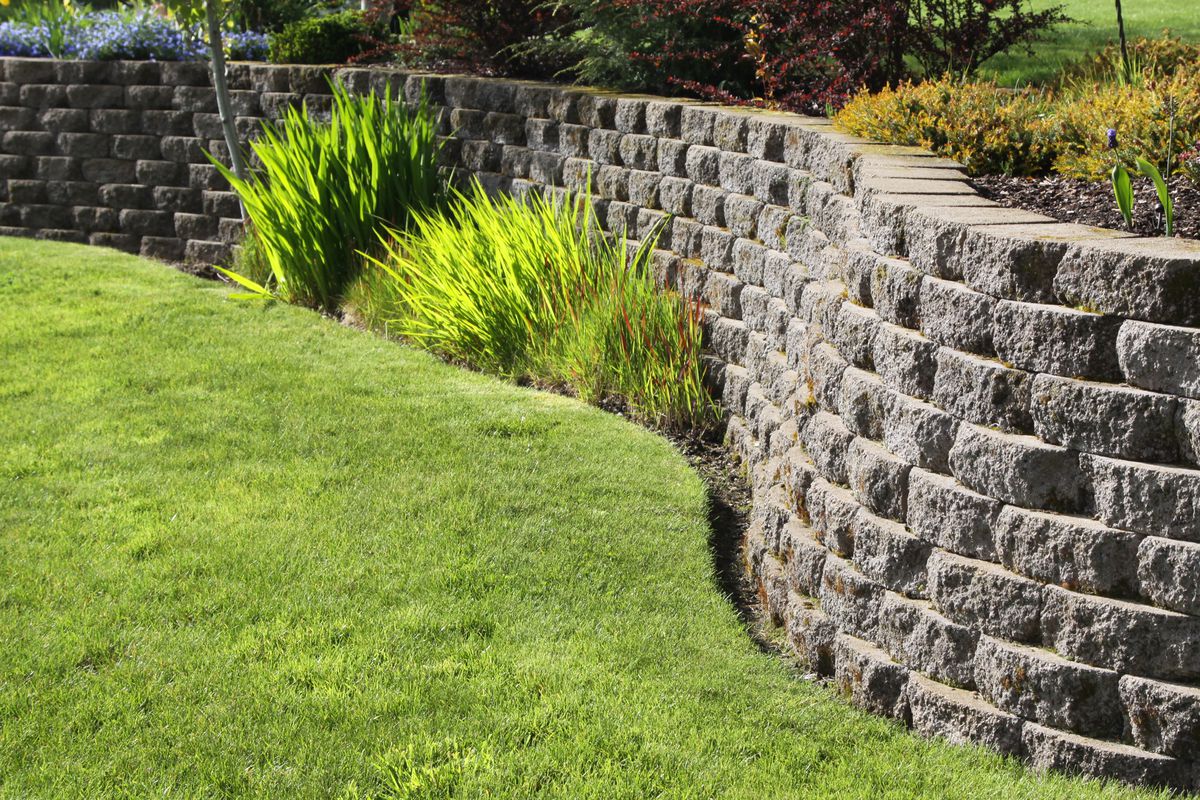Retaining walls are a great way to make your yard look more aesthetically appealing. You can choose different heights and materials for your walls, and the contrast of materials can do wonders for your yard. Additionally, retaining walls can increase the value of your home.
Retaining walls counteract the natural tendency of soil to move downslope. They are generally designed with drainage systems to minimize hydrostatic pressure and improve the stability of the material behind them. Gravity walls are usually made of stone or concrete and depend on mass to resist pressure from behind. They may also include a batter setback to enhance stability.
Another benefit of retaining walls is preventing soil erosion from fault lines. This is a significant problem in areas where earthquakes occur, with landslides away from these fault lines. Retaining walls can prevent this erosion, which can result in massive decline. You can consult a landscaper to determine if a retaining wall is right for your property.
Concrete walls are another popular choice for retaining walls. These walls are strong, fireproof, and rustproof. Plus, they are easier to install than other materials used in retaining walls. Plus, they’re much less expensive than different types of masonry walls. And they can even be done in just one day!
Moreover, retaining walls can also be used for water management. They help slow down rainwater and hydrate the landscaping. The best choice for this purpose is a “thirsty” type. Retaining walls are also a great way to add additional outdoor seating to your property. Aside from improving the look of your yard, retaining walls also reduce the stress experienced by home buyers.
Retaining walls can help prevent soil erosion in areas prone to flooding. In addition, retaining walls help prevent soil erosion, which can lead to the loss of valuable topsoil and increase the risk of flooding. They can also keep soil from washing onto patios and walkways. As a result, retaining walls can prevent mudslides in your backyard.
Retaining walls also help prevent sinkholes. Water slowly breaks down carbonate rocks in some regions, forming holes beneath the surface area. Once these holes show signs of decay, they can be challenging to fix. In the meantime, a retaining wall will help prevent them from happening in your yard.
A retaining wall of geotextile soil is strong enough to resist excessive pressure. However, it is not recommended for permanent structures. Retaining walls can be used for land reclamation, underground systems, and more. These retaining walls are one of the most affordable and effective ways to protect underdeveloped areas.
Retaining walls can be built from many different materials. The most popular one is stone, which has an elegant yet rustic look. However, if you don’t want to spend much money on your retaining wall, you can choose a concrete or brick material.
